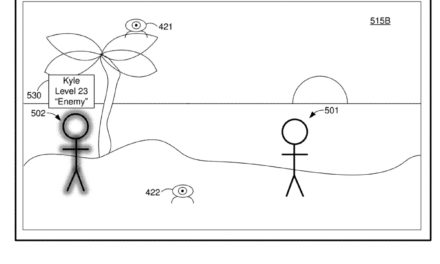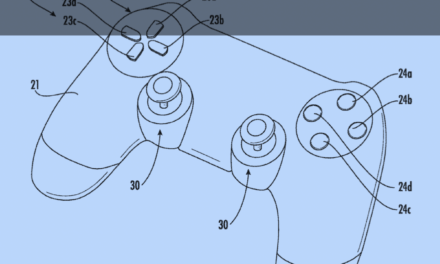New data from Juniper Research (www.juniperresearch.com) finds that that the number of enterprise MR (mixed reality) applications will approach 40 million by 2022, rising from just 6.5 million in 2018; representing a growth of over 500%. MR applications display overlaid digital objects that co-exist with the physical world, alongside the ability to interact in real time.
The research group says that the scalability offered by a subscription-based model will entice new enterprise customers. It found that 97% of the $6 billion app revenues in the enterprise market will emanate from this pricing model by 2022. Juniper recommends that service providers offer both APIs (application programming interfaces) and hardware on subscription models or risk pricing out potential customers.
“Focus has shifted from improving the technology and device form factors to offering the most attractive pricing models for businesses,” says research author Sam Barker. “By enticing customers with attractive models now, these platforms can guard against losing potential customers who are locked in to competitors’ platforms in the future.”
Juniper estimates that the number of consumer smart glasses apps will reach 11 million by 2022, driven by games and education. The research group forecasts that games will account for over 40% of consumer MR app revenues by 2022. However, it noted that improvements in field-of-view, device weight, battery life and processing power would need to be prioritized if smart glasses were to achieve mass adoption.
In addition, Juniper found that opportunities will remain limited in the consumer space owing to the fragmented nature of the OS ecosystem. Juniper recommended that device vendors follow Vuzix’s example by leveraging the Android OS rather than utilising proprietary systems, arguing that this will increase accessible future content by attracting developers with a higher reach for their applications.
Photo courtesy of Engadget





